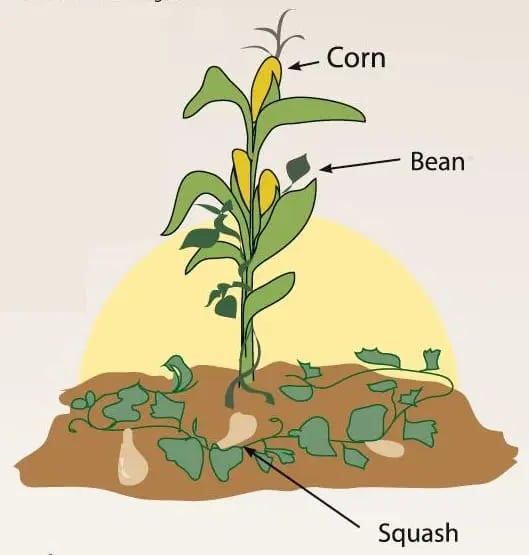Cultivating Harmony: Companion Planting in Your Vietnamese Organic Garden
Cultivating Harmony: Companion Planting in Your Vietnamese Organic Garden
4/1/20242 min read
In the lush landscapes of Vietnam, where agriculture thrives amidst a tapestry of vibrant colors and rich scents, there lies a time-honored tradition: companion planting. This ancient practice involves strategically pairing certain plants together to foster mutual benefits, enhance growth, and ward off pests. As we embark on our journey to cultivate harmony in our organic gardens, let's delve into the art and science of companion planting in the Vietnamese context.
Embracing Diversity:
Vietnam's varied climate zones offer an abundance of flora, making it a prime environment for diverse organic gardens. From the misty highlands of Sapa to the sun-drenched Mekong Delta, each region boasts its own unique array of plants, ripe for companionship.
The Three Sisters:
Let's start with a classic combination that embodies the spirit of cooperation – the Three Sisters. Corn, beans, and squash intertwine in a symbiotic dance, each offering support and sustenance to the others. The towering corn stalks provide a natural trellis for beans to climb, while the beans fix nitrogen in the soil, nourishing the corn and squash. Meanwhile, the low-lying squash leaves act as a living mulch, suppressing weeds and retaining moisture. It's a harmonious trio that has sustained indigenous communities for generations.
Aromatic Allies:
In the aromatic realm, herbs reign supreme. Take, for instance, the dynamic duo of tomatoes and basil. Not only does basil enhance the flavor of tomatoes, but it also deters pests like mosquitoes and flies. Paired with the cheerful marigold, which acts as a natural insect repellent and attracts beneficial pollinators, this trio forms a formidable defense against garden pests.
Balancing Act:
While companion planting fosters harmony in the garden, it's essential to be mindful of plant compatibility. Some plants release chemicals into the soil that can inhibit the growth of neighboring species – a phenomenon known as allelopathy. For instance, members of the Brassica family, such as cabbage and broccoli, may hinder the growth of plants like strawberries and tomatoes. By understanding these dynamics, we can cultivate our gardens with intention and foresight.
The Sweet Smell of Success:
As we tend to our organic gardens, let's remember that every plant has its place and purpose. Whether it's the soothing aroma of lemongrass and mint or the bustling ecosystem of the Three Sisters, companion planting offers a holistic approach to gardening that celebrates diversity and cooperation. So, let's roll up our sleeves, dig our hands into the soil, and cultivate harmony in our Vietnamese organic gardens – one companion at a time.
In the verdant landscapes of Vietnam, where tradition meets innovation, companion planting offers a timeless blueprint for sustainable agriculture. Let's sow the seeds of harmony and reap the bountiful rewards of a truly organic garden.


Contacts
Socials
Subscribe to our newsletter
When local number is at hand
